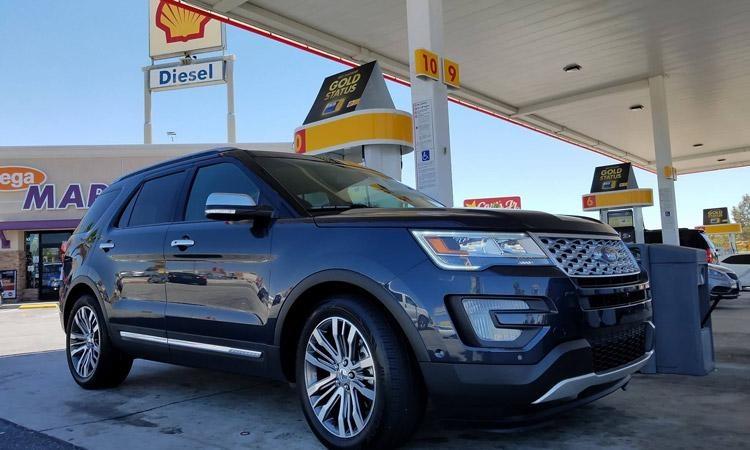Do You Like Road Trips?
- Set a realistic budget: Determine how much you can comfortably spend by analyzing your current financial situation and setting aside a dedicated road trip fund.
- Track daily expenses: Use budgeting apps or spreadsheets to record every expense, ensuring you stay within your budget and avoid unexpected costs.
- Cut unnecessary costs: Identify and eliminate non-essential expenses in your daily life to save more money for your trip.
- Plan for contingencies: Allocate extra funds for emergencies or unexpected situations to ensure a smooth and stress-free journey.
- Review and adjust: Regularly review your budget and spending habits, making necessary adjustments to stay on track and reach your savings goal.
When you first think about planning a summer road trip for your family, the numbers start to add up quickly. There are SO MANY different things to consider from food and gas to entertainment. To make things easier, you must break things down so everything is manageable. This includes saving up for the trip itself, but also knowing all the elements that go into that budget so there aren't any surprises later.
Luckily, the first part is easy. There are online tools like Calculator.me to help you figure out how long it will take you to save for your summer road trip, but what if you don't know how much it will cost? That's where previous experience, as well as planning, can be helpful.
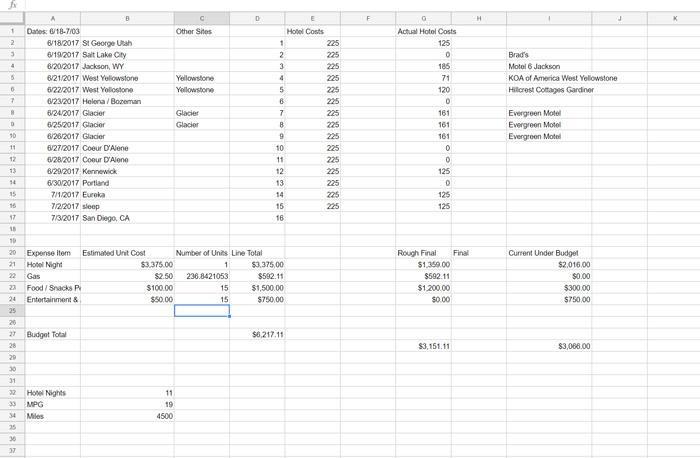
To help better predict the total cost of a road trip, I created a spreadsheet template years ago that I use for each major trip. It helps me plan out the dates of where I'll be on what dates (and then updated with various reservation information) and it also serves as a worksheet for tweaking various budget factors.
Create a Fuel Budget
Luckily, there are tools to help you find the best prices out there, but I generally find that highway-exit stations tend to all be about the same price anyhow.
Of course, gas price isn't the only factor that goes into predicting your total budget cost. Unlike buying plane tickets, your fuel cost is variable. Factors to consider include: MPG of the vehicle, Price of Gas, and Miles Driven.
Calculating Miles Driven
I generally plan out the trip using Google Maps and then take that route and add estimated additional miles. For instance, if the route takes me "To Yellowstone" I know that I'm also going to drive at least another hundred miles inside the park ... so make sure to add that to your budget too.
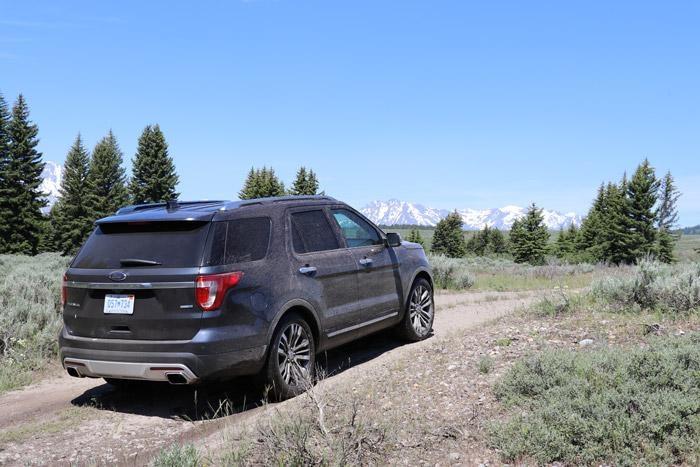
Calculating Fuel Economy
For a rough estimate, it is easy to use your vehicle's EPA number but in practice, factors such as additional weight of people and gear, terrain, weather, speed, and type of driving can have a significant impact on that number. For instance, while the combined highway / city number for the Ford Explorer that we drove on our epic western road trip was rated at 20 MPG, in reality, the average number was closer to 19 (despite 90% of the travel being on highways). The biggest factor for us in this situation was that the speed limits in Utah, Wyoming, Montana, and Idaho are all greater than 70 MPH and that high-speed travel tends to reduce fuel economy. Similarly, the terrain being driven was mountainous, had lots of twists and turns, and on multiple occasions, we were going off pavement too! Despite the long distances driven though, it kept us incredibly comfortable the whole time.
Determining Fuel Line Item Estimate
Once you've determined those gas-related variables, it's simply a matter of solving the equation: miles driven x miles per gallon x price per gallon.
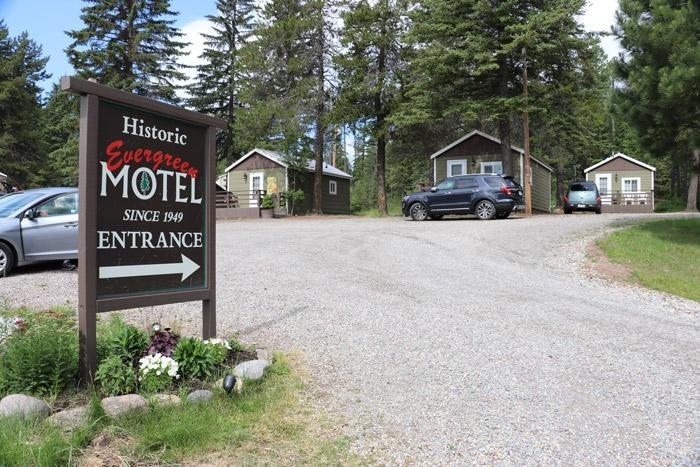
Creating a Lodging Budget
Probably the largest line item in your budget is going to be lodging. In my travel budget worksheet, I pick a target number and then compare that against the actual numbers once accommodations are booked. There are lots of ways to save money on hotels but that's another post.
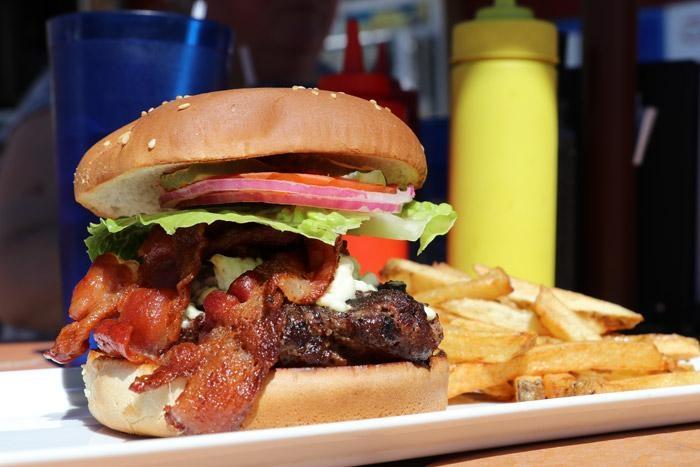
Create a Food, Entertainment, and Snacks Budget
Unfortunately, these budget items related to food, entertainment, and snacks are going to be more complex since there's almost no way to predict the costs accurately. Instead, I try to look at these numbers as "what am I willing to spend" and then extrapolate that on a daily basis. For instance, I might estimate that our consumption of food and snacks is $100 per day. As the trip progresses, that means that if we want to splurge on one day then we need to make it up on the following day. The same goes for entertainment.
Verify Your Insurance Policy Benefits and Costs
You might not think of this at first, but the needs, while you are on the road, are different than when you are at home. Roadside emergencies can be expensive but often it's only a matter of a few extra dollars to ensure you're covered.
Plus, depending on how your policy is setup for normal use you might actually be in violation. For instance, you might not need roadside assistance at home because you've got friends but hundreds of miles from them, what happens if you lose oil pressure? Likewise, does your policy include extended towing and roadside assistance or maybe even a rental car when your car breaks down? If you have a cut-rate policy you might just be out of luck but if you have a reputable company, make sure to contact them before you depart on your journey.

Monitor Your Budget as You Travel
As your trip progresses, make sure to keep an eye on your budget an update it accordingly with actual numbers vs estimates. This will help you better predict in the future - but it will also help you identify issues if you are over budget.
